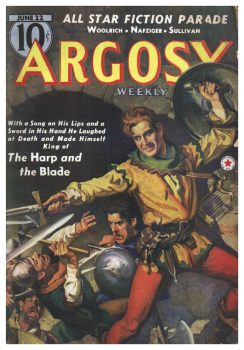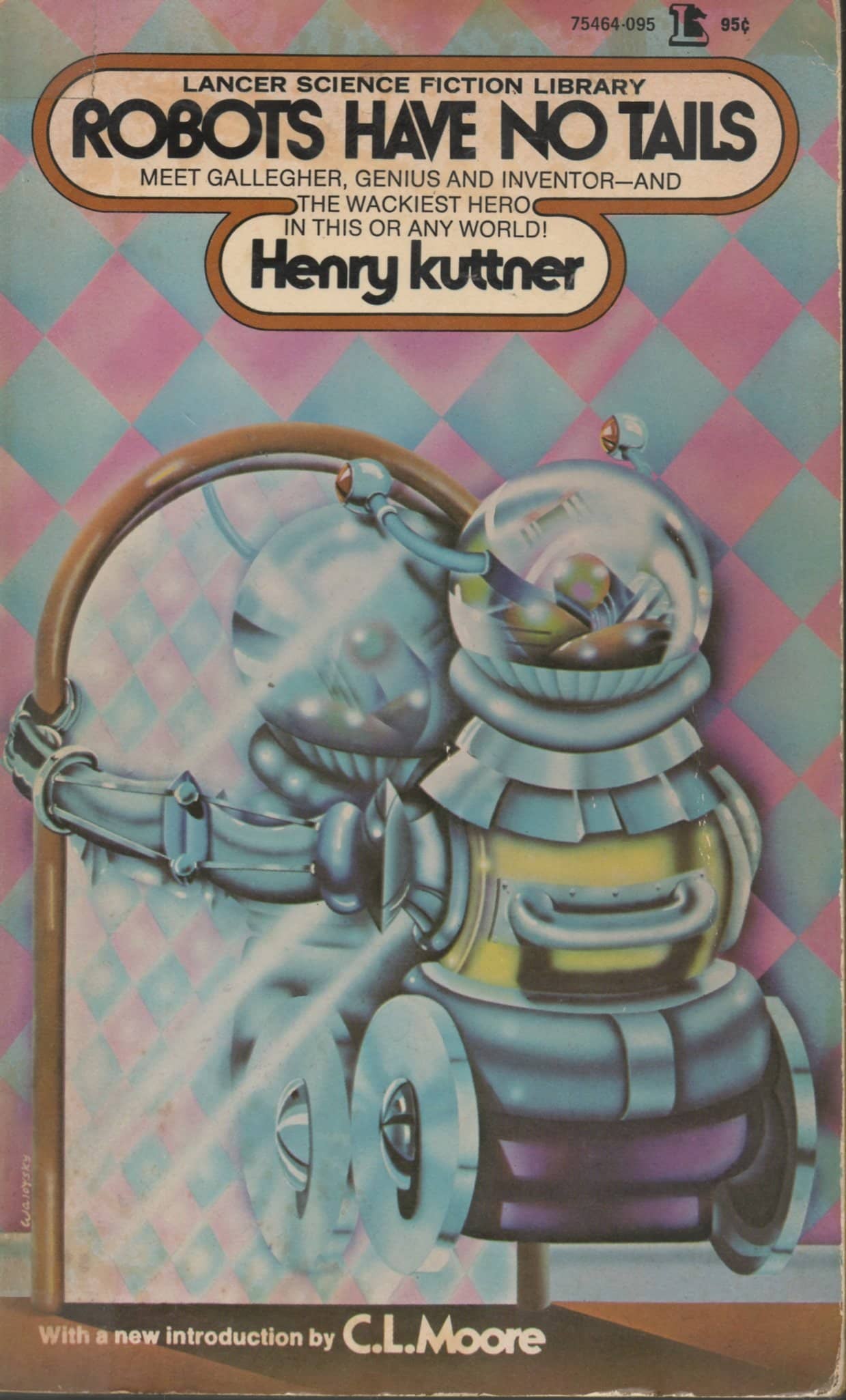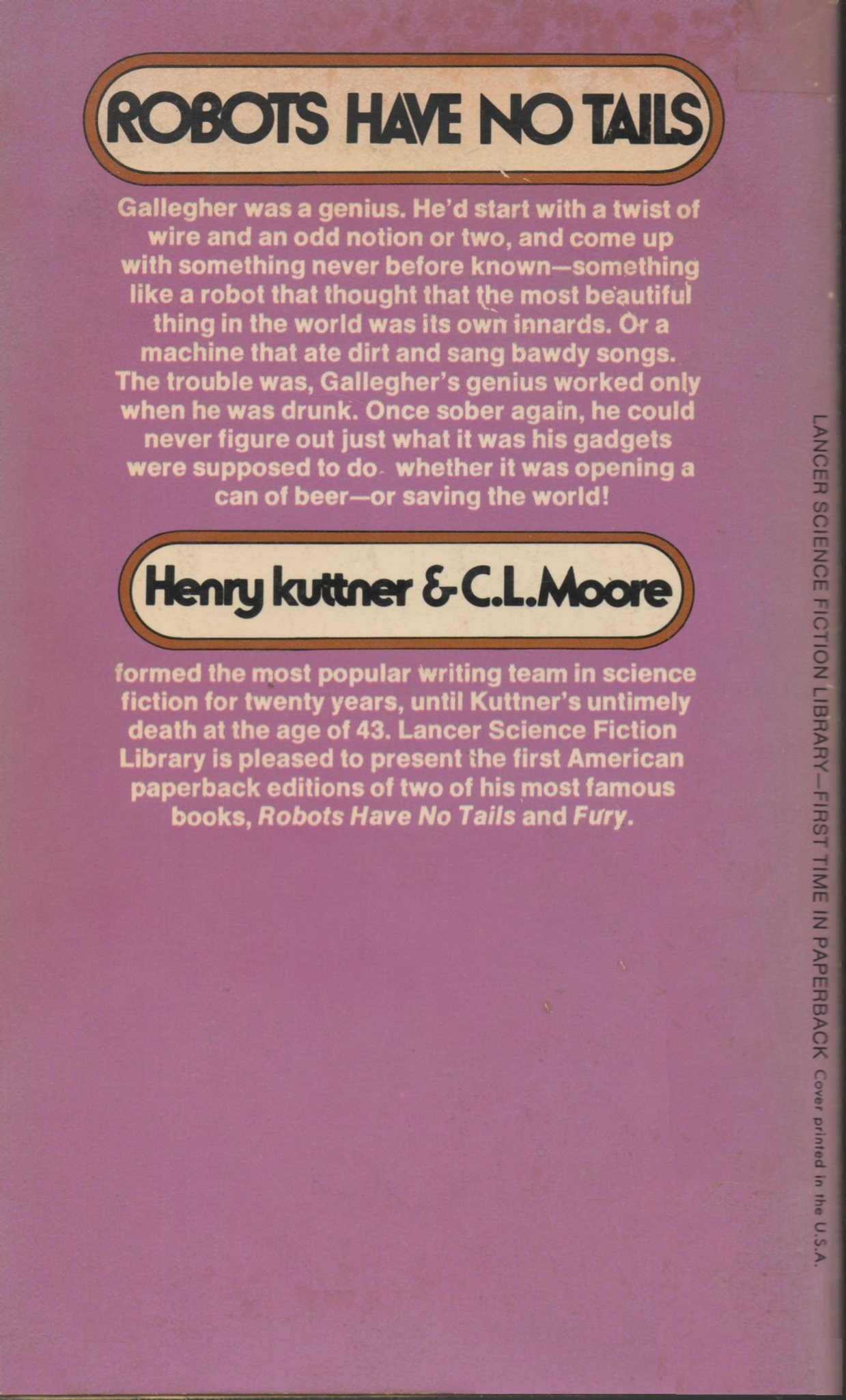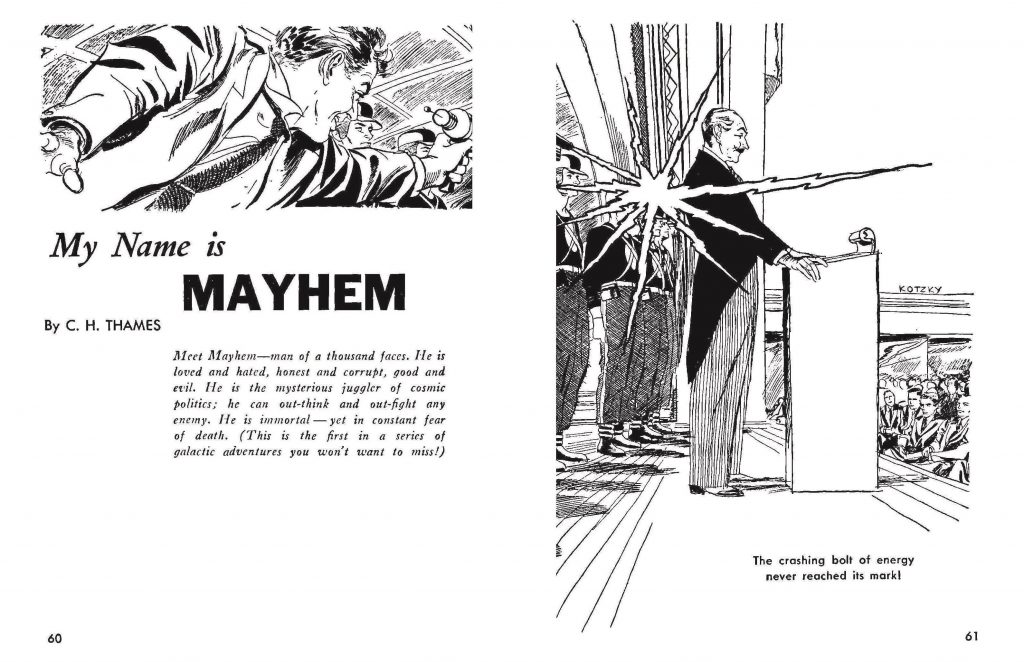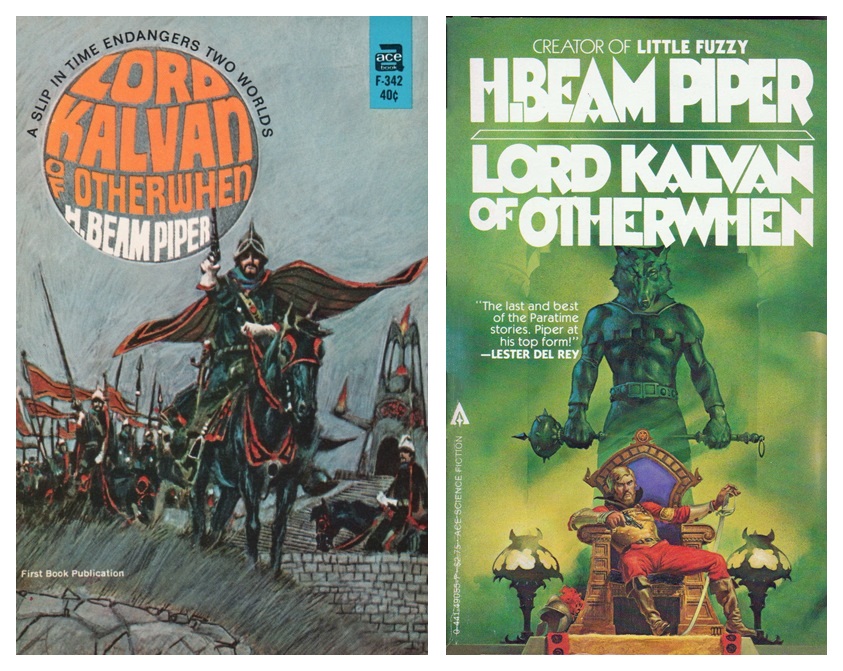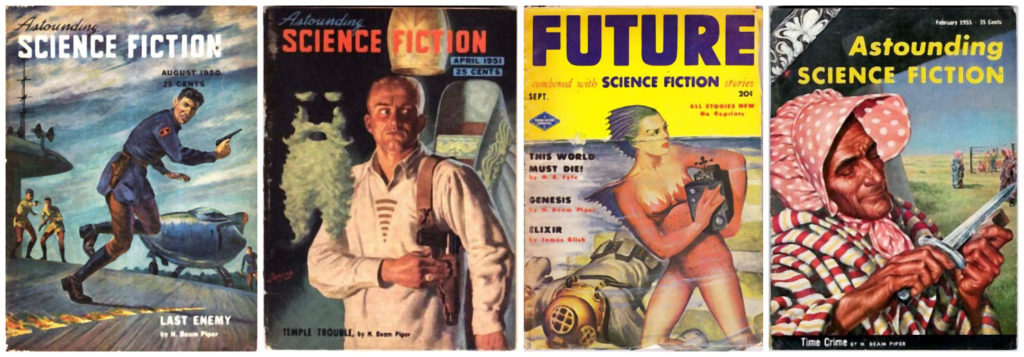Cleve Cartmill, The Devil’s in the Details
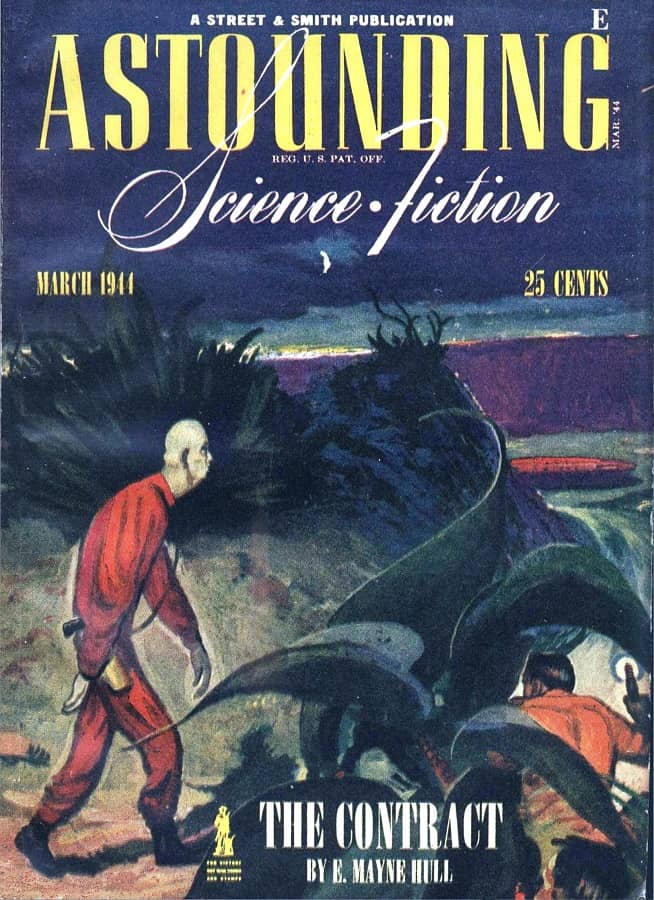 |
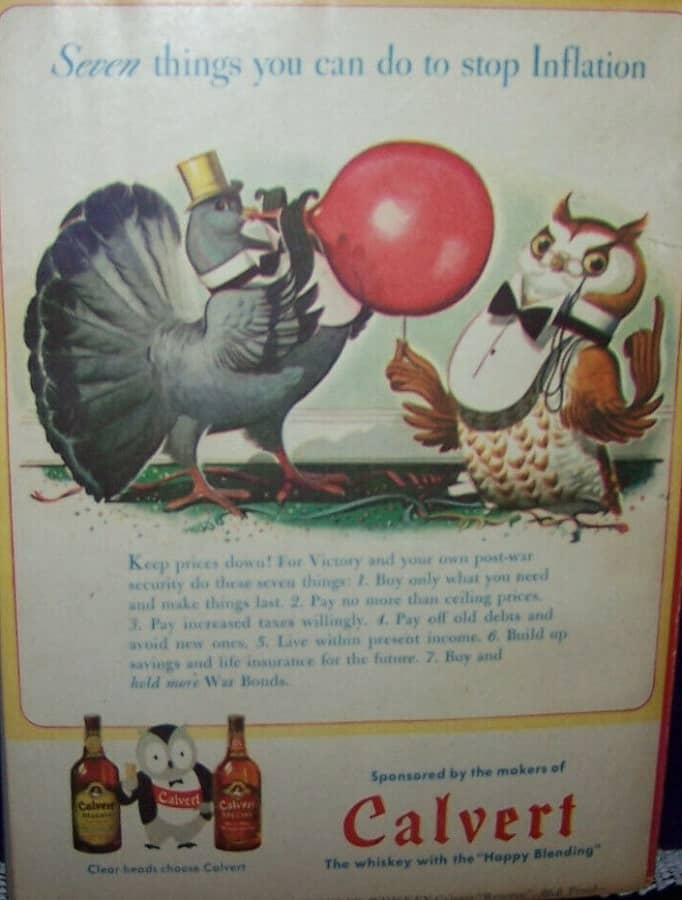 |
Astounding Science Fiction, March 1944, containing “Deadline” by Cleve Cartmill. Cover by William Timmins
Pulp writer Cleve Cartmill (1908 – 1964) is probably best known for writing the story that prompted an FBI visit to John W. Campbell’s office at Astounding. The story in question, “Deadline” (March, 1944), featured a bomb eerily similar to the one being developed by the Manhattan Project at the time. As an educated science fiction audience, Black Gate readers probably do not need that old story re-hashed. Instead, I’ll tell you about three of Cartmill’s fantasy stories published in Unknown, all of which are interesting and worth reading.
Historically, Cartmill is considered a competent but undistinguished pulp writer. In A Requiem for Astounding, Alva Rogers writes — “Cartmill wrote with an easy and colloquial fluidity that made his stories eminently readable.” I agree. But I also think there’s more to him than that. In the three pulp fantasy stories I’ll be reviewing here — “Bit of Tapestry” (1941), “Wheesht!” (1943), and “Hell Hath Fury” (1943) — Cartmill examines some deeper themes including free will and what makes us human. Although he doesn’t always follow through on these ideas, you are asked to think about them.
As a heads up, there will be heavy spoilers in this article.
